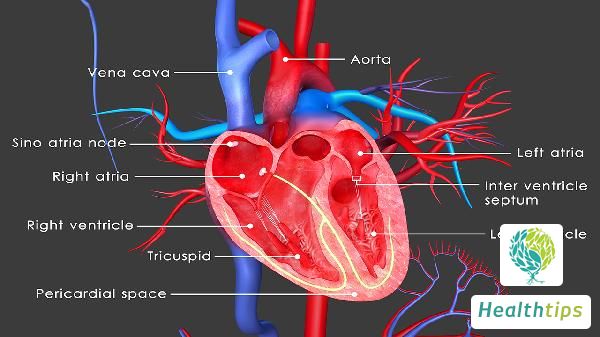Is a Heart Rate of 160 Normal?
Whether a heart rate of 160 beats per minute is normal depends on specific situations. It is generally abnormal in a state of quiet rest, but may be normal during activity. For normal adults in a state of rest, the heart rate is usually 60 to 100 beats per minute, averaging approximately 75 beats per minute. Heart rate can vary significantly with age, gender, and different physiological states.

If the heart rate reaches 160 beats per minute in a state of quiet rest, this is generally abnormal and may indicate a rapid arrhythmia. It is recommended to promptly seek medical attention for an electrocardiogram to determine the type of rapid arrhythmia. However, if this occurs during physical activity and is accompanied by sinus tachycardia, a heart rate of 160 beats per minute may be considered normal. This is because an increase in heart rate during physical activity, especially intense exercise, is a normal physiological response. However, it is still important to consider potential pathological factors and recommend multiple heart rate measurements. If tachycardia persists after resting and calming down, it is also recommended to seek medical attention for further examination.
If the heart rate is excessively fast, exceeding 160 to 180 beats per minute, it will significantly shorten the ventricular diastolic period and reduce the filling volume during diastole, resulting in a decrease in stroke volume and cardiac output. This situation can have a certain impact on the body and should be taken seriously.



















